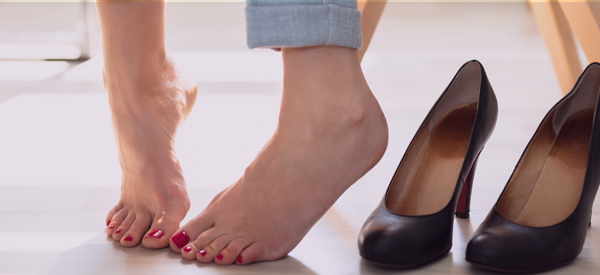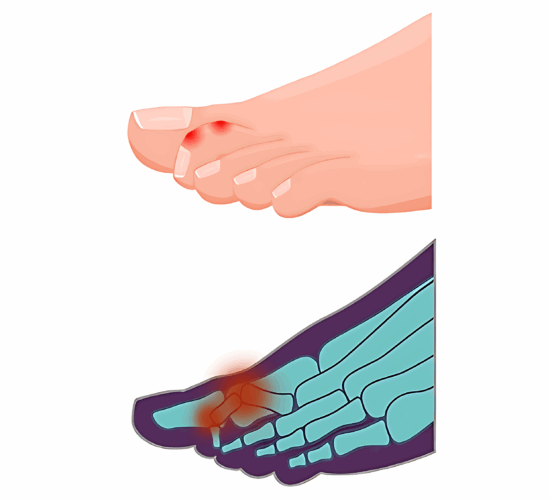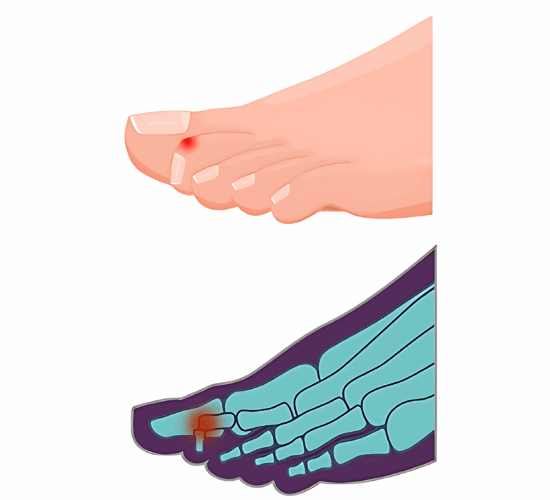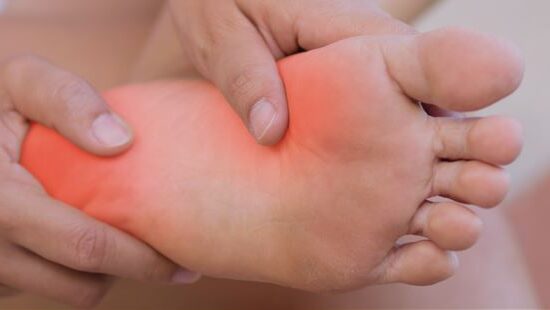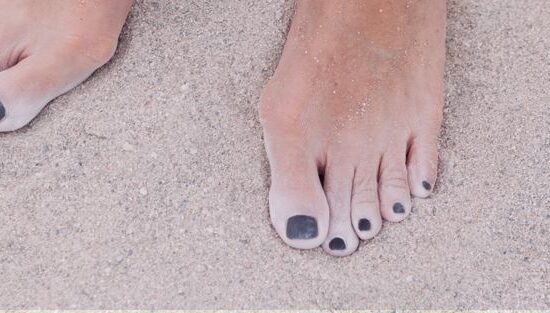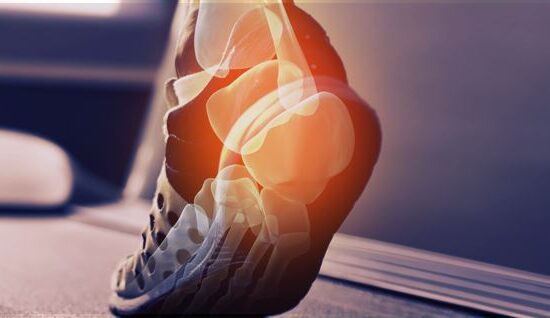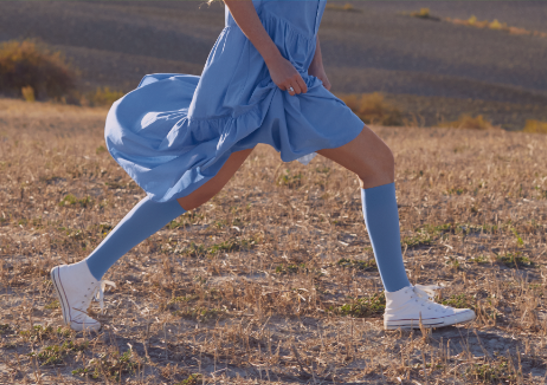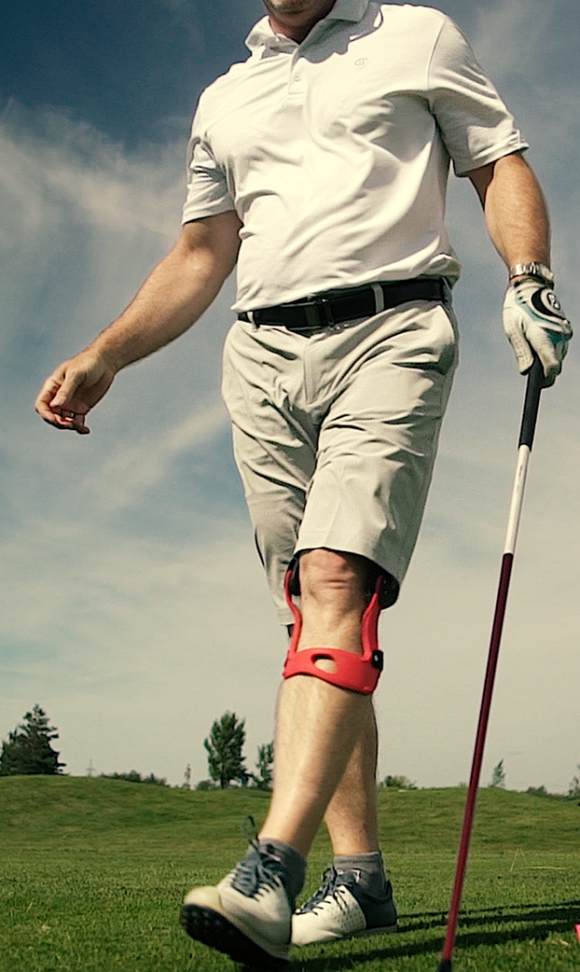Treatment for these toe deformities typically begins with conservative approaches. This may include adjustments to daily habits such as rest, application of ice to reduce inflammation, and targeted physical therapy exercises to improve mobility and relieve pain.
However, if conservative methods prove insufficient, additional options may be considered depending on the severity of the deformity. In such cases, prevention plays a critical role, as treatment is primarily aimed at alleviating pain and halting the progression of the condition rather than fully reversing it.
Use of foot orthotics
Wearing foot orthotics can significantly relieve discomfort by providing optimal support and reducing friction between the toes and footwear. It is essential to select orthotics designed to redistribute pressure across the forefoot, particularly in cases of hammer, claw, or mallet toes. These orthotics often include a metatarsal dome that helps relieve pressure on the toe joints, preventing further deterioration and alleviating pain.
Choosing proper footwear
Footwear selection is a key factor in both treating and preventing toe deformities. Shoes should be anatomically supportive and reduce pressure on affected toes. It is recommended to choose shoes with a heel height of less than one inch and a thick, rocker-bottom sole. These features help minimize impact on the toes and ease the symptoms associated with deformity.
Considering foot surgery
Surgery is generally considered a last resort for the treatment of hammer, claw, and mallet toes, and is recommended only when conservative treatments have failed. The surgical procedure aims to correct the deformity by realigning the affected joints or, in some cases, removing part of the deformed toe. This allows for long-term pain relief and restoration of normal foot function.
Professional support for managing toe deformities
Toe deformities such as hammer, claw, and mallet toes can significantly impact your daily life by causing pain, discomfort, and difficulty walking. At Médicus, we understand how these conditions can affect your quality of life. With over 65 years of experience in podiatry and orthopedics, we are committed to providing personalized care tailored to your specific needs. Our expertise allows us to offer targeted treatments designed to relieve pain effectively and help prevent the progression of these deformities.
We combine custom-made foot orthotics, expert guidance on orthopedic footwear, and individualized follow-up to help you regain optimal comfort. Our approach focuses on enhancing your well-being so you can return to your daily activities without pain.

